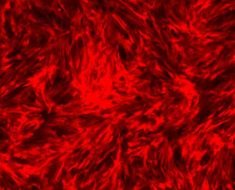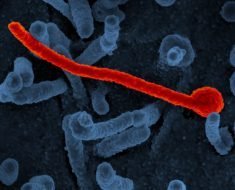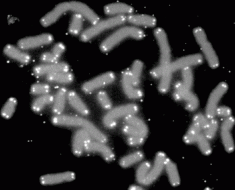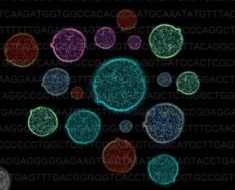There are several types of breast biopsy. The choice of which type is suitable for an individual depends on various factors. Some of these include:
- The extent of suspicion of cancer of the breast tumor
- The size of the tumor
- The number of tumors
- Other medical problems
- Personal preferences of the patient
Types of breast biopsy
The various types of breast biopsy include:
Fine needle aspiration biopsy or cytology (FNAB/FNAC)
In this procedure the pathologist or the doctor uses a very thin needle (thinner than ones used for blood tests) attached to a syringe to withdraw a small amount of tissue from the suspicious area. The tissue is placed over a glass slide, stained with special dyes and examined under the microscope.
The area of the biopsy is first numbed with a local anesthetic injection. For the procedure the doctor locates the lump by palpating it or feeling it by hand. In case the lump is not felt by hand the doctor may use imaging guidance of an ultrasound and watch the needle on a screen as it moves toward and into the mass.
Another method is to use a stereotactic needle biopsy to guide the needle. In this the computers can map the exact location of the mass using mammograms taken from 2 angles. This helps in the biopsy.
An FNAC may sometimes miss cancer if the needle does not get a tissue sample from the area of cancer cells. This may require a second FNAC or a different type of biopsy.
Core needle biopsy
This is similar to FNAC. In this the needle is slightly larger and hollow. It is used to withdraw small cylinders (or cores) of tissue from the abnormal area in the breast. This is also performed under local anesthesia.
The needle is put in 3 to 6 times to get the samples, or cores. Imaging guidance may be used for this type of biopsy as well. A stereotactic core needle biopsy may also be performed under imaging guidance.
Vacuum-assisted core biopsy
This is done by a Vacuum Assisted Device. A hollow probe is put in through a cut over the lump. A cylinder of tissue is then pulled into the probe through a hole in its side, and a rotating knife inside the probe cuts the tissue sample from the rest of the breast.
Surgical or open biopsy
If the tumor is diagnosed using FNAC, treatment is planned accordingly. In some cases where diagnosis is not confirmed a surgical biopsy may be recommended. For this the lump may be totally or partially excised. This may also be called an open biopsy.
Open biopsies are of two types – incisional biopsies and excisional biopsies. When an entire lump is removed, the procedure is called an ''excisional biopsy''. When only a sample of tissue is removed with preservation of the histological architecture of the tissue’s cells, the procedure is called an ''incisional biopsy''.
Sentinel Node Biopsy
This is biopsy of a sentinel lymph node. A sentinel lymph node is the first draining axillary lymph node from the breast. If tumor cells are detected in this node, the status of the spread of the cancer from the breast can be predicted.
Sources
- http://ww5.komen.org/uploadedfiles/Content_Binaries/806-380a.pdf
- www.cancer.org/…/breast-biopsy-biopsy-types
- http://www.radiologyinfo.org/en/info.cfm?pg=biopgen
Further Reading
- All Biopsy Content
- Biopsy – What is Biopsy?
- Types of Skin Biopsy
- What is a Skin Biopsy?
- Cancer Biopsy
Last Updated: Apr 22, 2019

Written by
Dr. Ananya Mandal
Dr. Ananya Mandal is a doctor by profession, lecturer by vocation and a medical writer by passion. She specialized in Clinical Pharmacology after her bachelor's (MBBS). For her, health communication is not just writing complicated reviews for professionals but making medical knowledge understandable and available to the general public as well.
Source: Read Full Article





